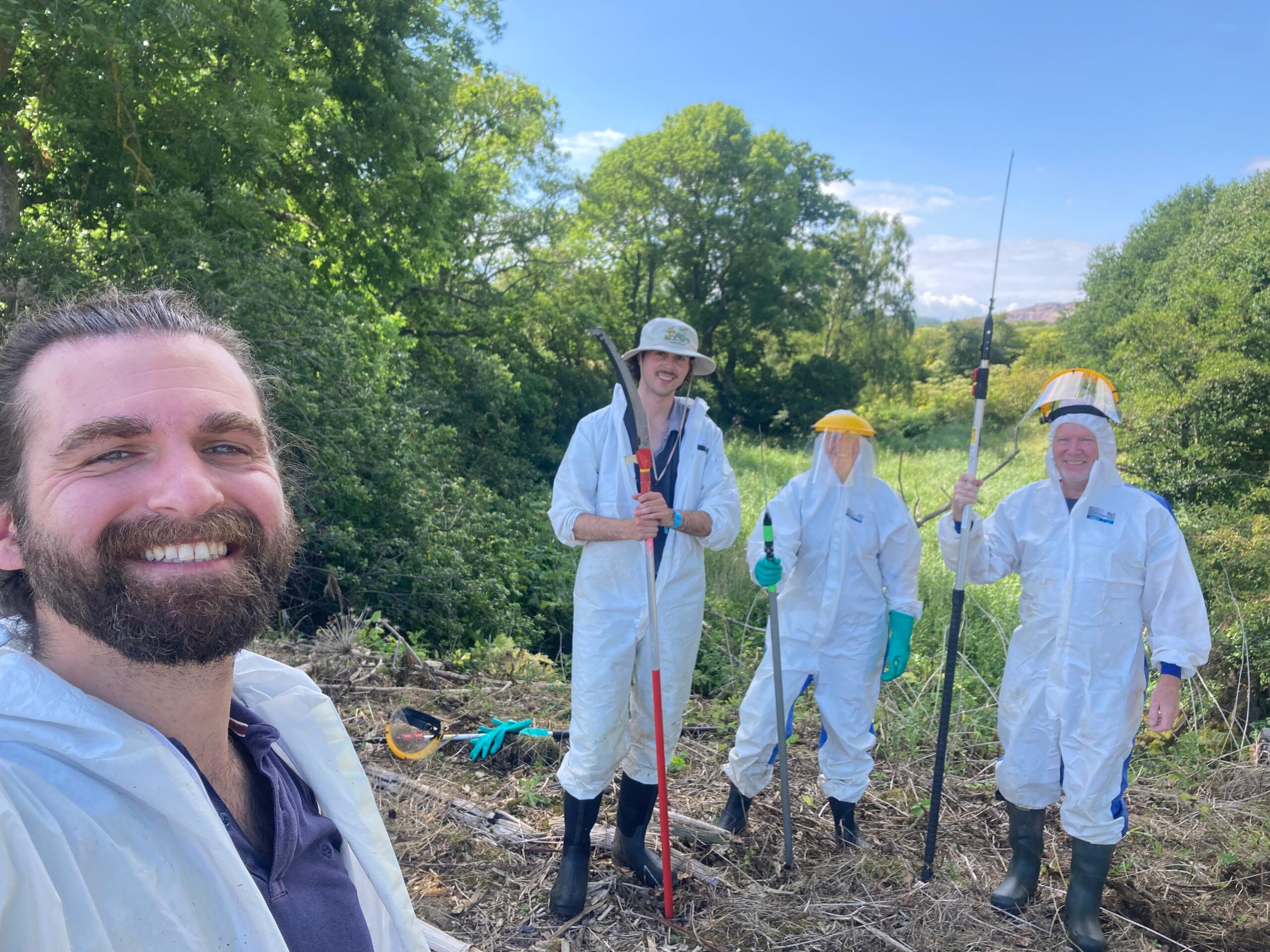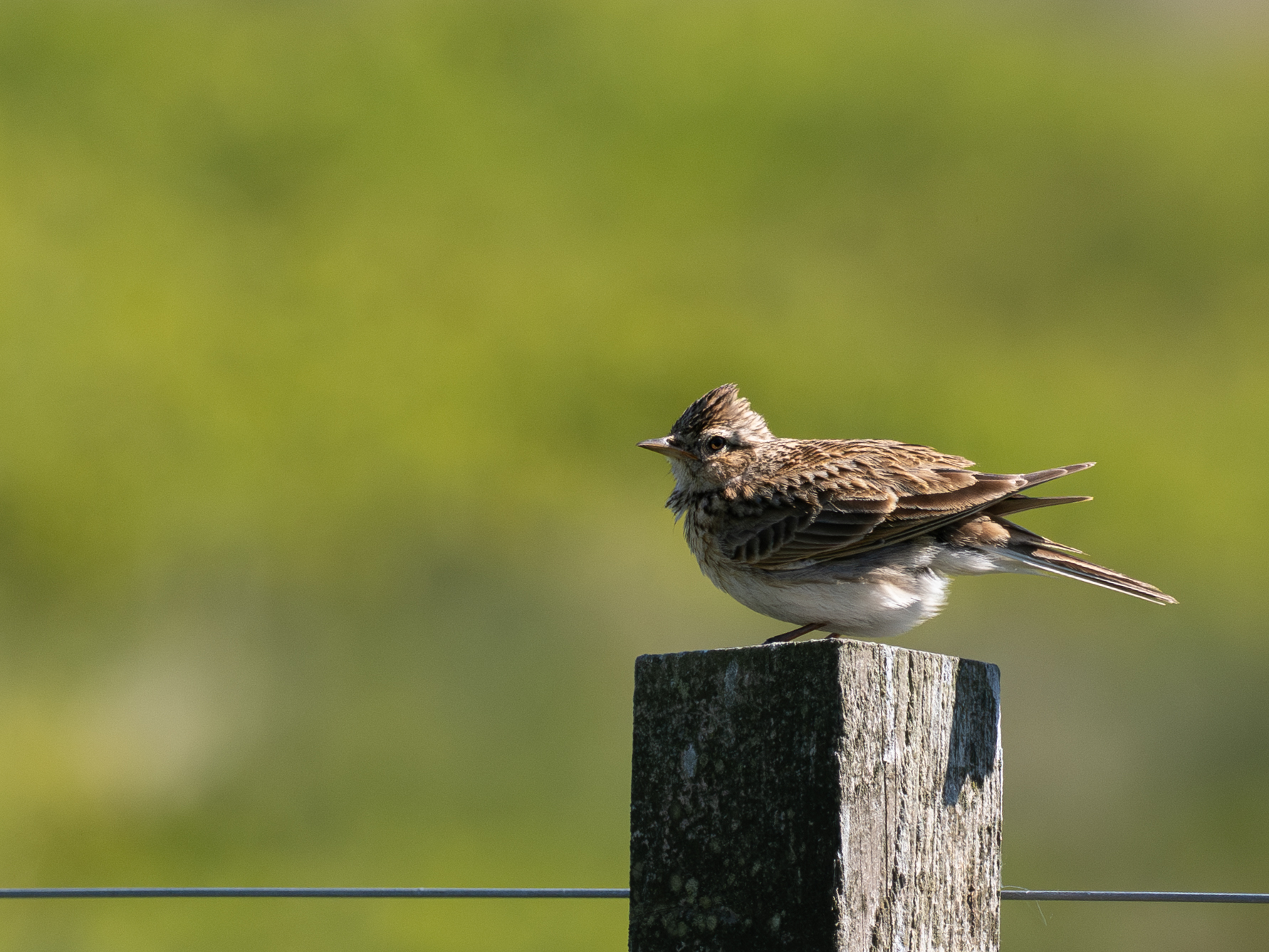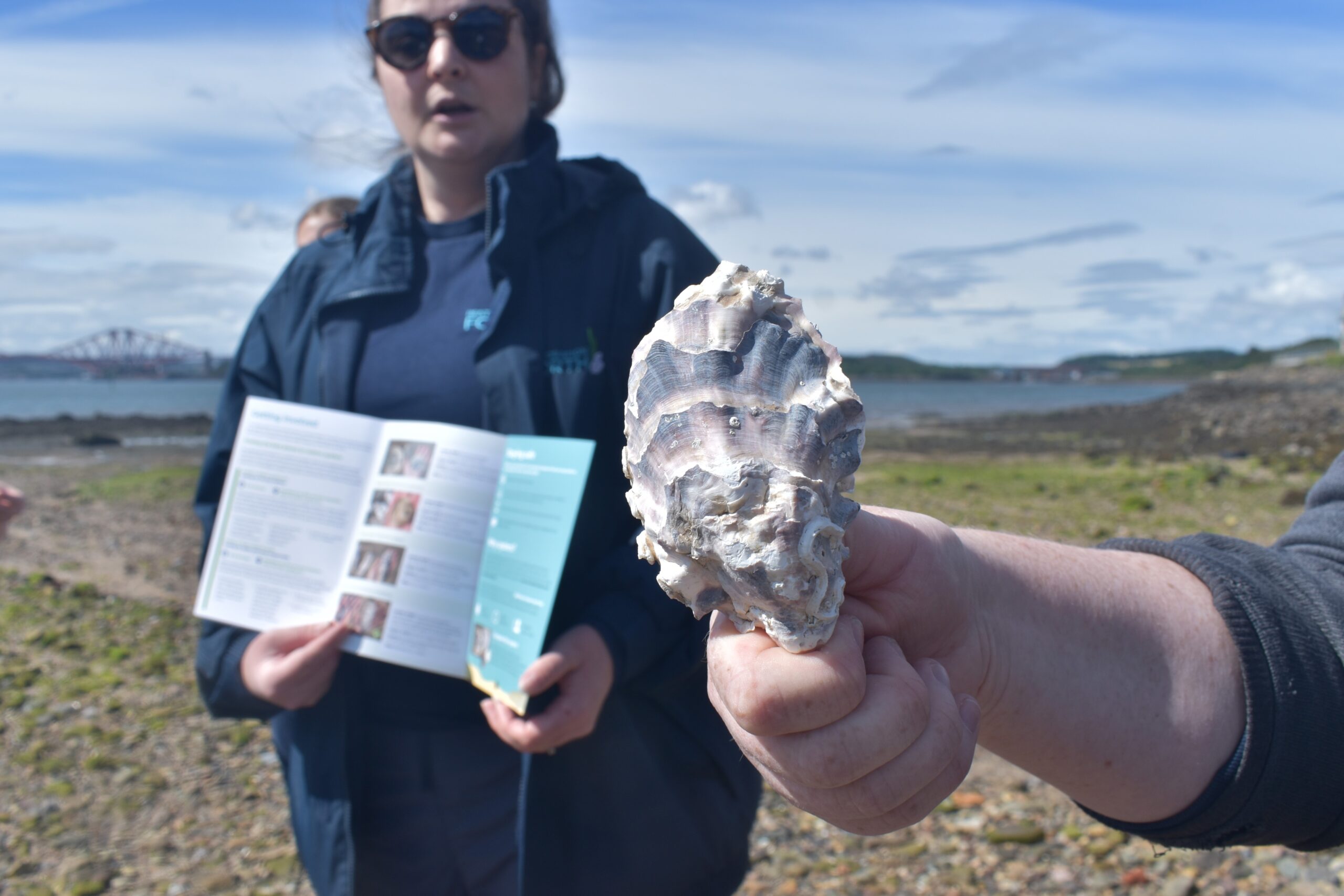- experience
- engage
- enjoy
Fife friends count record numbers of Mediterranean Gulls
Publish Date: Friday October 21, 2022

“I never, ever thought I would see the time – and I’ve been bird watching for decades – that I’d look down at a roost of gulls and Mediterranean Gulls would be the dominant species.”
The words of Harry Bell who, with his fellow bird-watcher Allan Carpenter, has been diligently recording Scottish record-breaking numbers roosting at East Wemyss this summer.
Harry says: “There had been a history of Mediterranean Gulls coming in ones and twos to Buckhaven shoreline. Then in 2016 and 2017 I noticed they were starting to come here to East Wemyss rocks, but only as ones or twos. In 2018, for some reason, the numbers really took off. Usually you’d mostly see Black-headed Gulls or Herring Gulls.
“I started monitoring them almost daily. On 11 September 2018 I counted 68 which was a new Scottish record. I found this quite interesting.”
But this summer that record has been broken over and over again, much to Harry’s surprise:
25 August – 83
20 September – 90
26 September – 105
27 September 129
3 October – 135 A new Scottish record for numbers roosting in the same spot

Mediterranean Gulls (Larus melanocephalus) were a very rare UK bird until the 1950s and are usually seen numbering over 100 on beaches in Norfolk and Kent in Winter according to the RSPB.
We’re chatting as Harry has his telescope trained on the roost from his favourite spot overlooking the seawall. To go any closer would disturb the birds. Their Summer plumage is striking: jet black hoods, beautiful red bills and pure white wing tips. They’re slightly bigger than Black-headed Gulls but smaller than Herring Gulls.
Harry’s telescope is strong enough that he can read the three and four-letter codes on the birds’ darvics (rings). He then reports this data to ringing schemes across Europe and a picture is built up of a bird’s life history.
“When we discovered the birds had been ringed in France, Germany, Poland, Belgium, Denmark and Norway, well that became quite an interest. We’ve noticed that the same birds have been coming back since 2018 so they obviously like the place!”
Increase dramatically
Mediterranean Gulls come to the Fife coast, and other British coastal locations, in their numbers in the first weeks of July, primarily to moult. Harry knows from contact with ringing schemes that of five youngsters ringed in Leipzig, Germany, in mid-June, four had their first re-sighting at East Wemyss. Another bird has been seen in Germany, Poland, Czech Republic, Edinburgh and Fife over seven years.
As to why they like to come to this corner of Fife, he can’t definitively say: “This bit of coastline is no different to the rest of the coastline here. Although individuals are becoming to be observed throughout the winter months locally in Fife, it isn’t until post breeding that numbers increase dramatically.”
They’re often to be found following a field plough looking for food, then they settle on their rocky staging post before – when the light is just right – lifting off in seemingly perfect synchronicity to settle on the sea at night. “It’s quite a phenomenon,” admits Harry.
He and Allan are happy to chat to walkers on Fife Coastal Path who ask if they’re looking for dolphins or at the seals. They show some incredulity when Allan and Harry explain, usually leaving with a “well I never knew” or “you’d never guess”.
The West Wemyss man has spent 35 years monitoring seabirds, ducks and waders for the British Trust for Ornithology’s Wetland Bird Survey. When I ask what he gets out of his hobby, he tells me: “Knowledge, fresh air, the camaraderie of other bird-watchers. It’s quite interesting!”
By Marjory Wood, Fife Coast & Countryside Trust
Mediterranean Gulls pictures credit: Harry Bell



